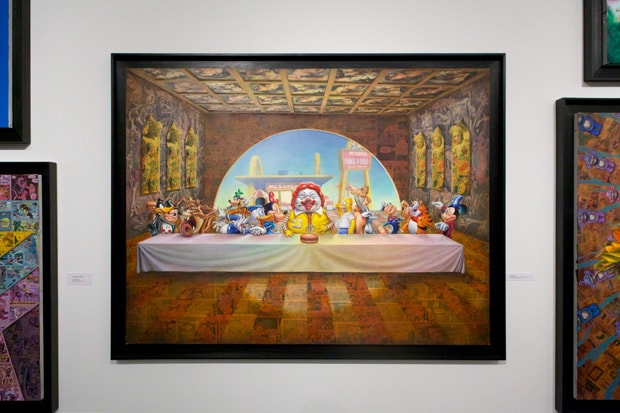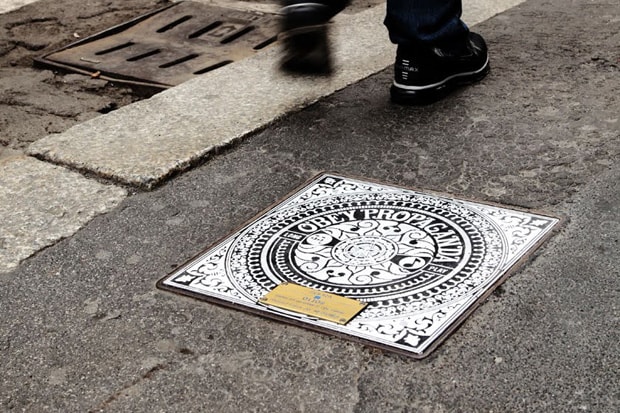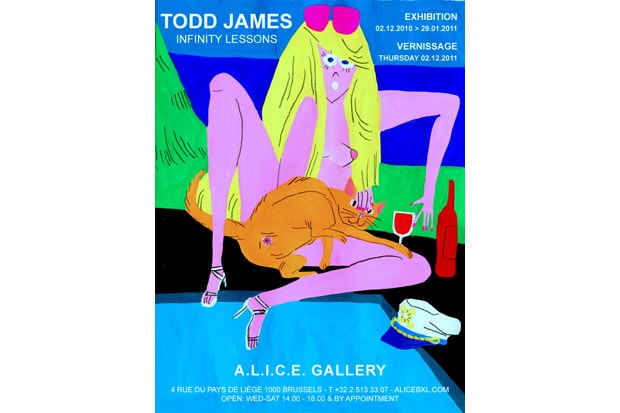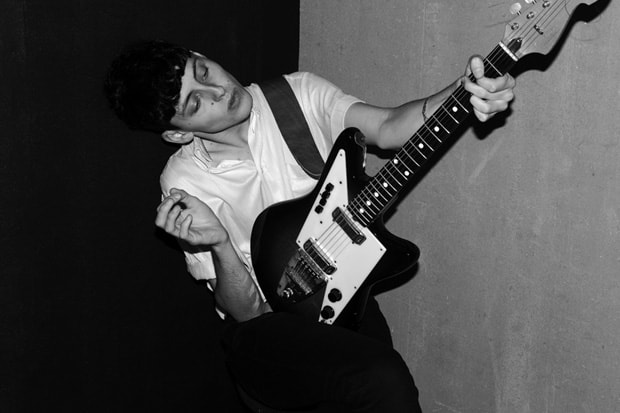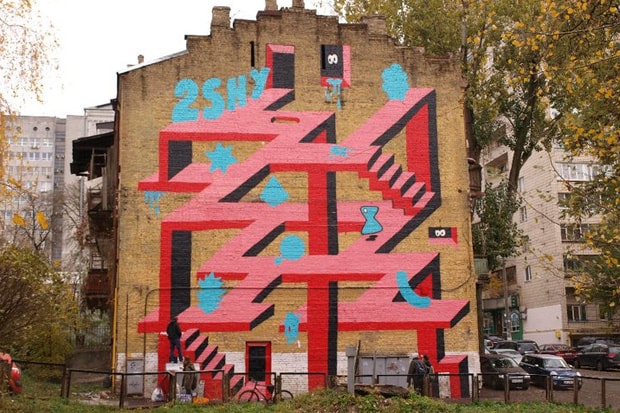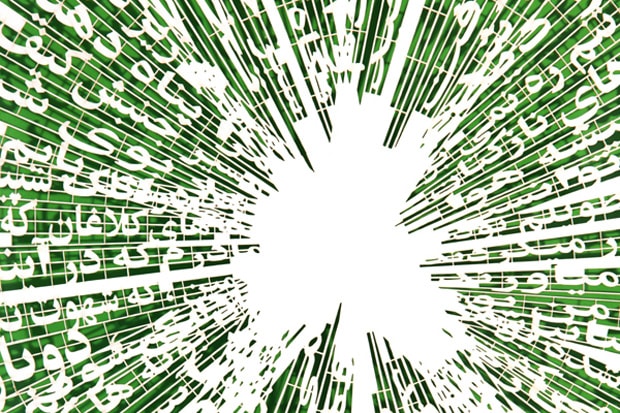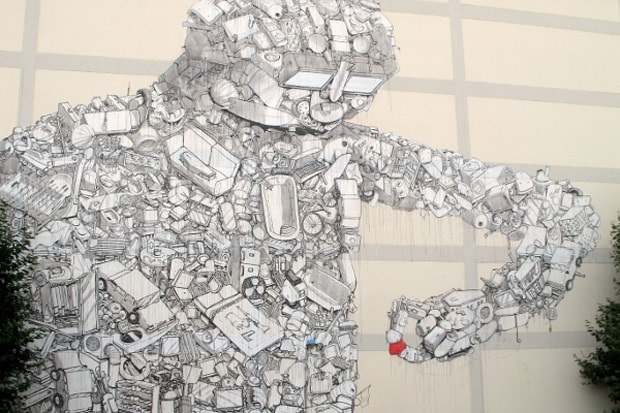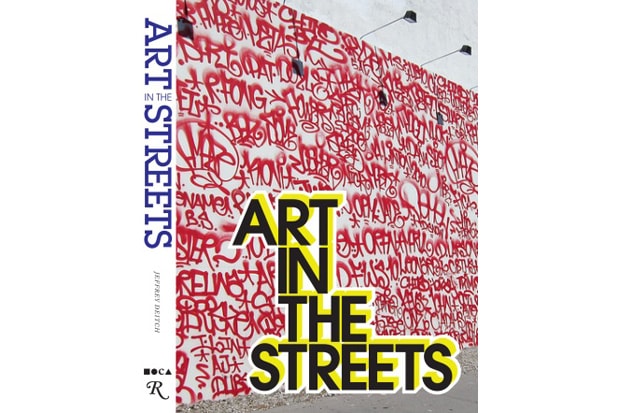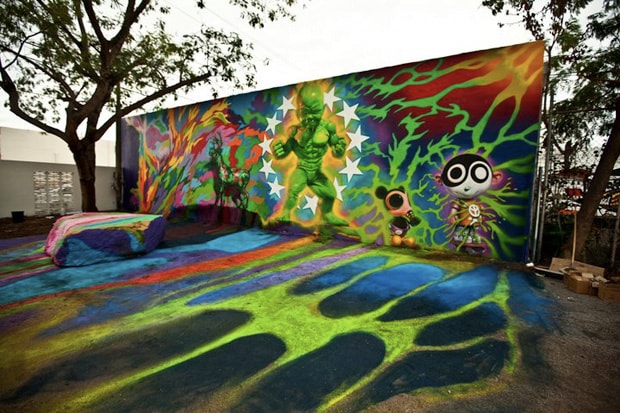Takashi Murakami First Solo Exhibition @ Gagosian Gallery
Takashi Murakami’s praise as one of the world’s most sought after artists is unquestionable.

Takashi Murakami’s praise as one of the world’s most sought after artists is unquestionable. Perpetually improving and honing his craft his latest work –part of his first ever solo exhibition- for the Gagosian Gallery opening in Rome is a testament to this very fact. Stemming away from his usual explosion of colour, Murakami has taken a monochromatic approach in recreating his “Dragon in the Clouds” piece using a solid red and blue for each painting. The two paintings span an awing nine panels measuring over 59 feet each and will be displayed at the gallery from November 13 – January 15th 2011.
The combination of red and blue with a creature that has long been thought as a symbol of one’s destiny is my attempt to reaffirm my devotion to art – the creative process for the paintings resembled a prayer offering.
- Takashi MurakamiGagosian Gallery is pleased to present new paintings by Takashi Murakami. This is his first solo exhibition in Rome.
Two epic paintings – Dragon in Clouds – Red Mutation and Dragon in Clouds – Indigo Blue – each comprise nine panels and measure eighteen meters long. Cloud- and-dragon paintings, known as Unryūzu, were also key references for Soga Shōhaku, an eighteenth century Japanese artist whose eccentric and daring visual inventiveness has been a great inspiration for Murakami. The distinctive representations from traditional Japanese mythology allowed Shōhaku to conjure a fantastic world where overloaded ink drips verged on abstraction, transforming the dragon from more conventional depictions into a vivid, animated monster. Unlike the dragon’s dark associations in Western iconography, the Japanese dragon – an amalgam of the Buddhist iconography that originated in India before reaching China and then Japan – is considered a symbol of good fortune and optimism. Several Buddhist and Shinto temples in Japan are designated as dragon shrines that denote the creature’s exalted status.
While these monochromatic acrylic paintings depart from Murakami’s usual technicolor palette, he continues to draw on a wide range of influences, from Japanese religious symbols to the popular Japanese video game, Blue Dragon. In Dragon in Clouds – Red Mutation, the volumetric outlines of energized swirls and vast claws sprawl across the panels while the shaded scales of the dragon’s body replicate the effects of saturated ink in Shōhaku’s paintings. The “red dragon” refers to the eponymous novel by Thomas Harris that hinges on an encounter with William Blake’s Great Red Dragon watercolors as well as the munificent powers associated with it in Eastern culture. In Dragon in Clouds – Indigo Blue, frenetic swirls surround the dragon’s pupils and combine with its flared nostrils and serpentine whiskers to create visual turbulence. The scale of Murakami’s paintings underscores the psychological intensity required to create an image that provoked strong reactions when it was first placed in a Japanese temple centuries ago. In Murakami’s gigantic reimaginings, the dragon becomes a prescient reminder of the intrinsic link between art and the psyche.
In his distinctive “Superflat” style, which employs highly refined classical Japanese painting techniques to depict a super-charged mix of Pop, animé and otaku content within a flattened representational picture-plane, Murakami moves freely within an ever-expanding field of aesthetic issues and cultural inspirations. Parallel to the familiar utopian and dystopian themes that feature masses of smiling flowers, elaborate scenes of toonish apocalypse, and the ever-morphing cult figures of DOB, Mr. Pointy, Kaikai and Kiki, he recollects and revitalizes narratives of transcendence and enlightenment, often involving outsider-savants. Mining religious and secular subjects favored by the so-called Japanese “eccentrics” or non-conformist artists of the Early Modern era commonly considered to be counterpart to the Western Romantic tradition, Murakami situates himself within their legacy of bold and lively individualism in a manner that is entirely his own and of his time.
Takashi Murakami was born in 1962 in Tokyo, and received his B.F.A., M.F.A. and PhD from the Tokyo University of the Arts (formerly the Tokyo National University of Fine Arts and Music). He founded the Hiropon Factory in Tokyo in 1996, which later evolved into Kaikai Kiki, an art production and art management corporation. In addition to the production and marketing of Murakami’s art and related work, Kaikai Kiki functions as a supportive environment for the fostering of emerging artists. Murakami is also a curator, a cultural entrepreneur, and a critical observer of contemporary Japanese society. In 2000, he organized a paradigmatic exhibition of Japanese art titled “Superflat,” which traced the origins of contemporary Japanese visual pop culture in historical Japanese art. He has continued this work in subsequent impactful exhibitions such as “Coloriage” (Fondation Cartier pour l’art contemporain, Paris, 2002) and “Little Boy: The Art of Japan’s Exploding Subcultures” (Japan Society, New York, 2005).
Murakami’s recent major solo exhibitions include Museum of Contemporary Art, Tokyo (2001); Museum of Fine Arts, Boston (2001); “Kaikai Kiki,” Fondation Cartier pour l’art vontemporain, Paris and the Serpentine Gallery, London (2002). A comprehensive survey exhibition opened at the Museum of Contemporary Art, Los Angeles in 2007 and traveled to the Brooklyn Museum, the Museum für Moderne Kunst, Frankfurt and the Guggenheim Museum, Bilbao in 2008-2009. His exhibition at the Château de Versailles, France is on view through December 12, 2010.
Murakami currently lives and works in Tokyo, New York, and Los Angeles.





